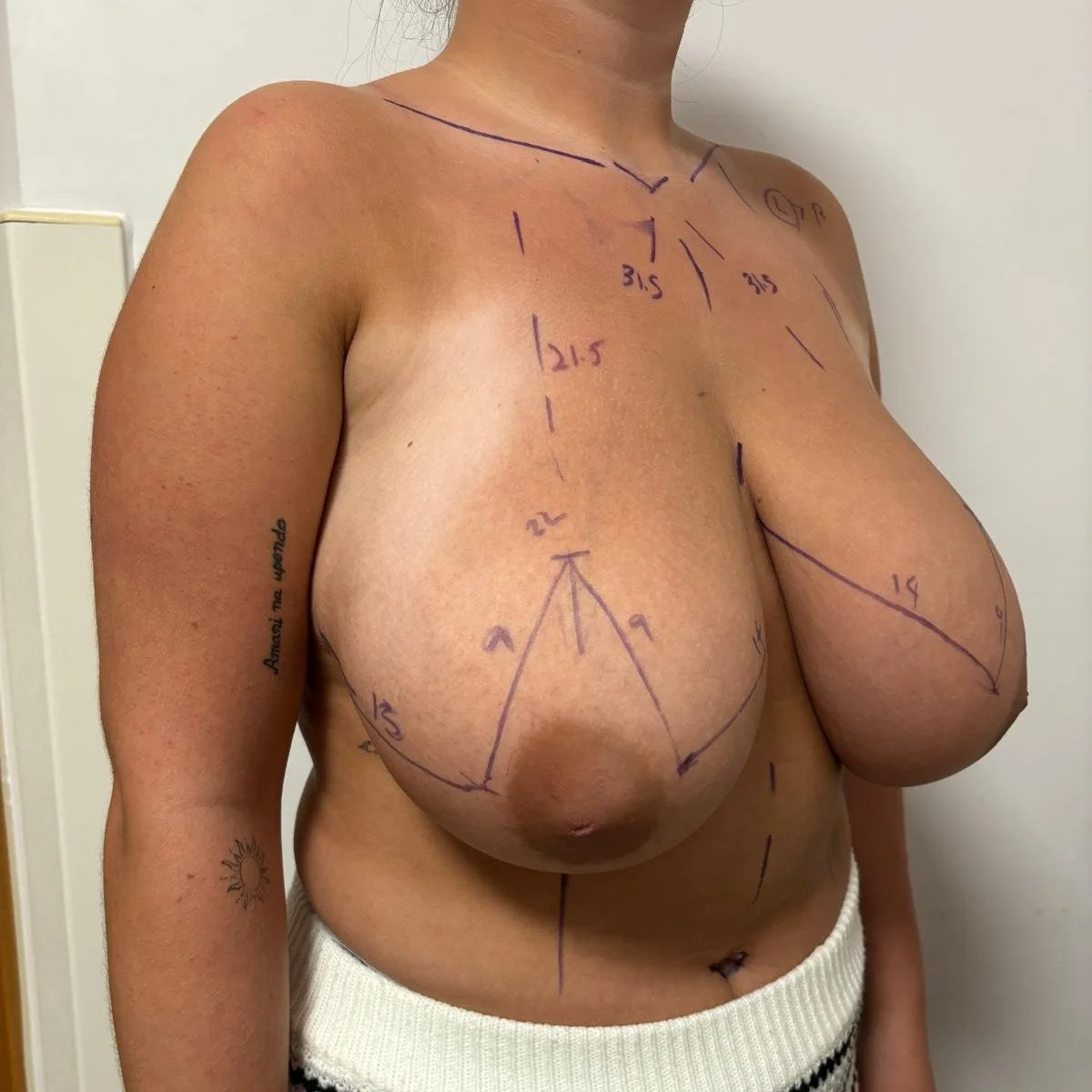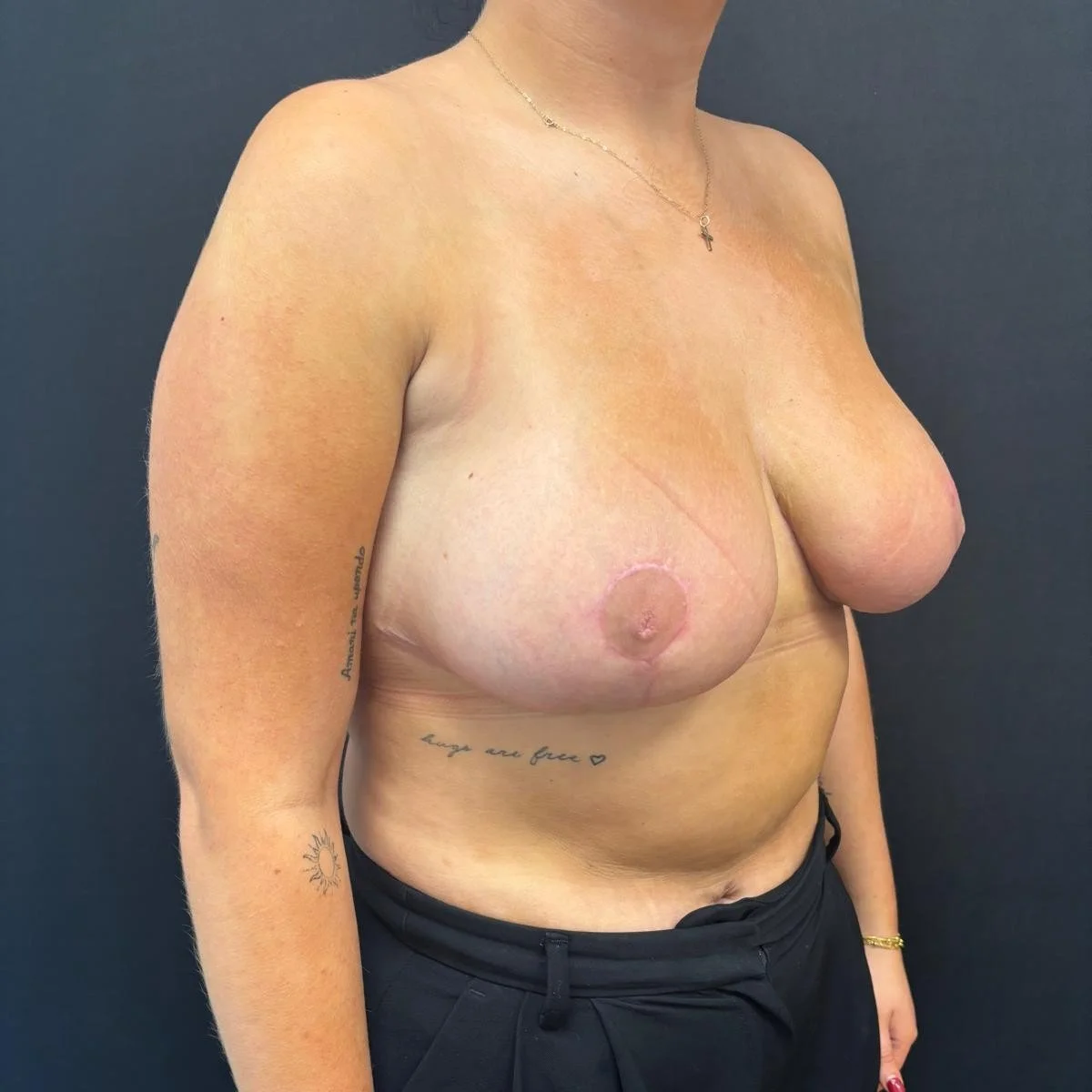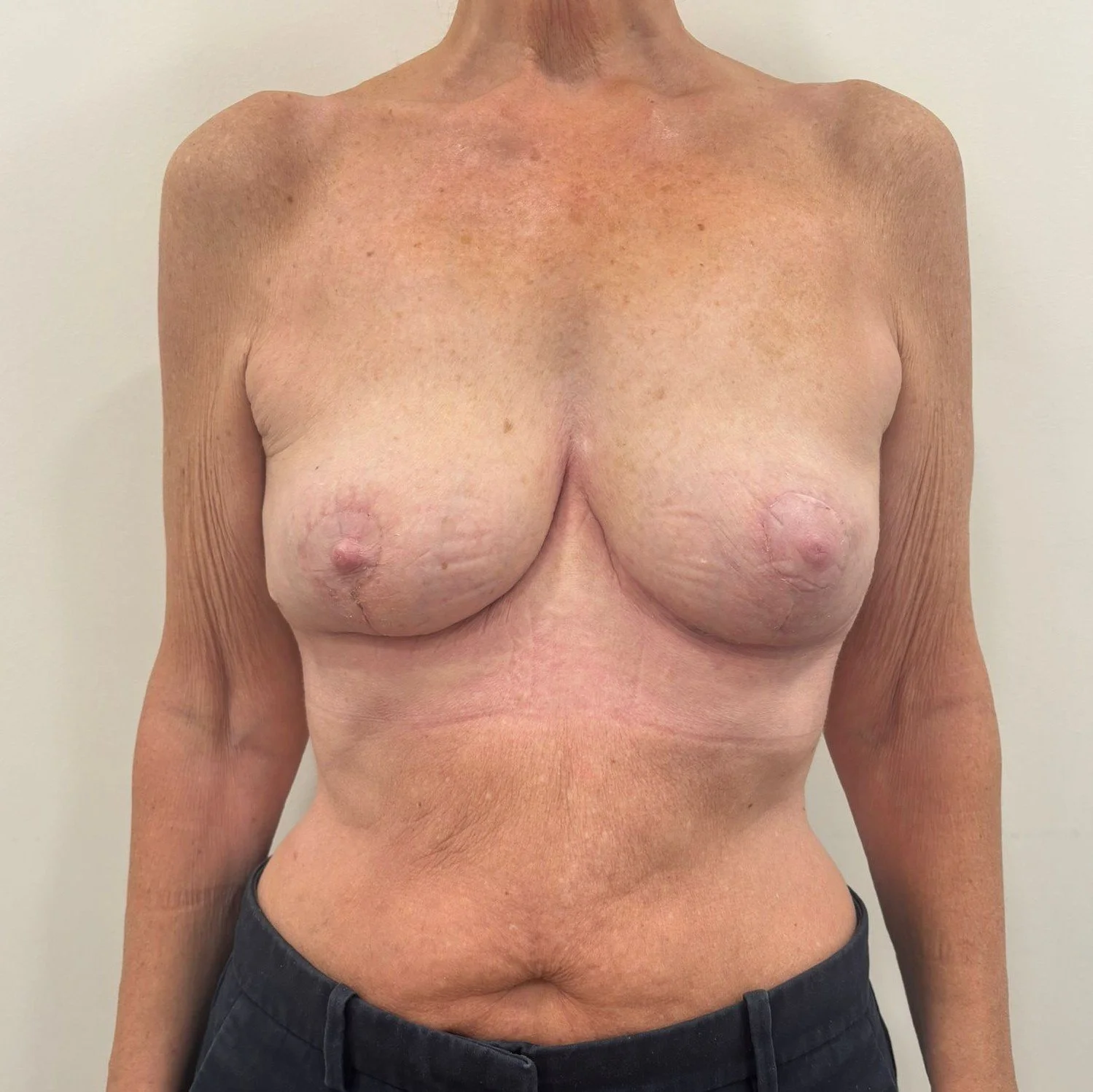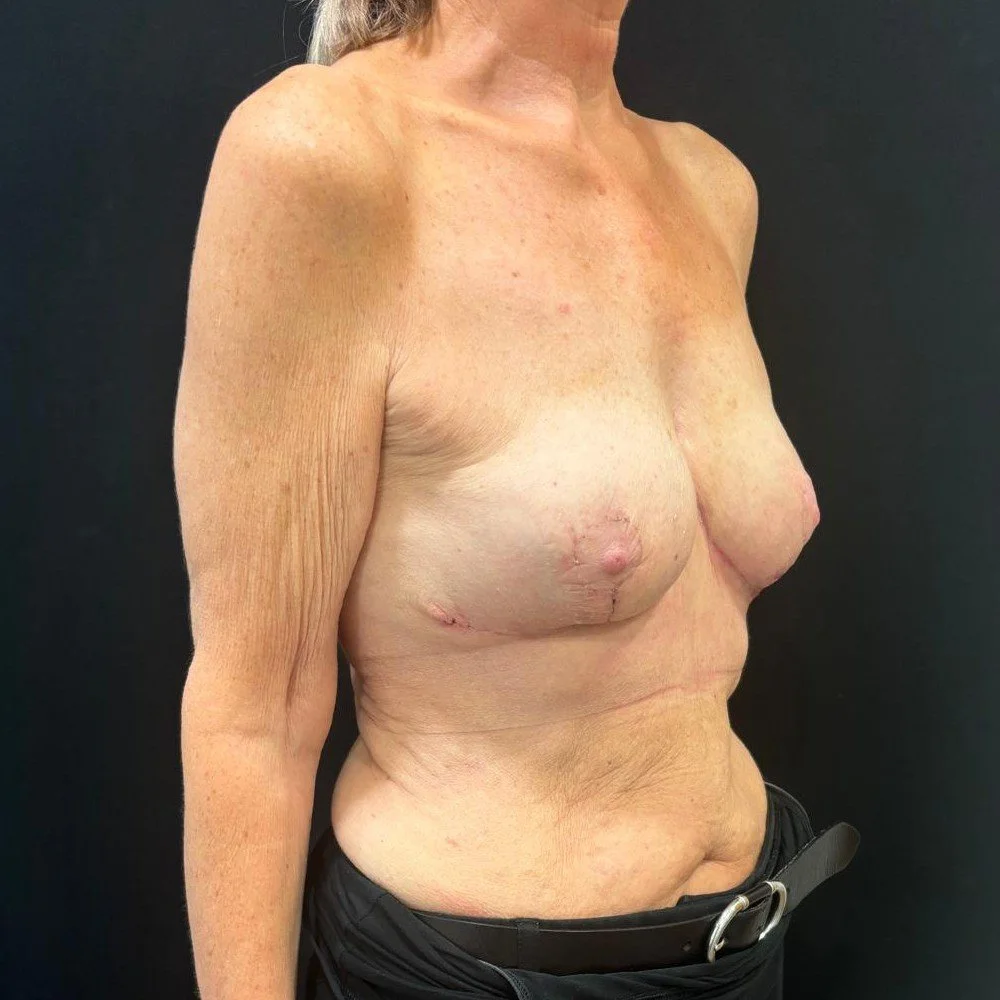Breast uplift
Breast mastopexy, commonly known as a breast lift, is a surgical procedure designed to raise and reshape sagging breasts, providing a more youthful and aesthetically pleasing appearance. This procedure addresses issues such as drooping, loss of firmness, and stretched skin, which can result from factors like aging, pregnancy, breastfeeding, weight fluctuations, and gravity.
Procedure overview
Type of anaesthetic
General
Length of operation
2-3 hours
Length of hospital stay
Day surgery or 1 night in hospital
Recovery period
A few days to 2 weeks off work
3-6 weeks before strenuous exercise
What you need to know
Suitability
This procedure is suitable for women who are satisfied with their breast size but want a more lifted, youthful appearance. For example women with sagging breasts due to aging, pregnancy, breastfeeding, or weight fluctuations'; individuals with nipples that fall below the breast crease or point downward; or women with stretched skin and enlarged areolas.
Combination with other treatments
A breast lift does not significantly change the size of the breasts. For those seeking increased volume, a breast lift can be combined with breast augmentation. Conversely, for those seeking smaller breasts, it can be combined with breast reduction.
Procedure details
Breast mastopexy involves removing excess skin and tightening the surrounding tissue to reshape and support the new breast contour. The procedure can also reposition the nipple and areola for a more natural look. Depending on the degree of lift required, incisions can be made around the areola, vertically down from the areola to the breast crease, or horizontally along the breast crease. In some cases, the size of the areolas may be reduced to maintain proportion with the newly shaped breasts.
The surgery is typically performed under general anesthesia and takes about two to three hours.
Types of breast lift
There are various breast lift procedures that can be customised to meet your specific needs.
Periareolar Breast Lift: A periareolar (around the areolar) lift involves scars around the nipples only. This technique is suitable for correcting very mild drooping, especially if the nipple-areola complex needs size reduction. Skin is removed in a circular pattern around the nipple, resembling a doughnut shape.
Vertical Scar Breast Lift: The vertical scar lift, often referred to as the lollipop lift, features a scar around the nipple and a vertical line extending downward toward the breast crease. This method is effective for moderate breast lifts.
Anchor-Shaped Breast Lift: The anchor-shaped lift is the most common and is ideal for correcting significant drooping. This procedure results in scars around the nipple, vertically down from the nipple, and along the breast crease, offering the most consistent results.
Combining a Lift with Implants: To both lift and add volume to your breasts, a breast lift can be combined with implants, a procedure known as augmentation mastopexy. This is a more complex surgery that requires careful assessment to ensure it is the right option for you.
Recovery
Post-operative swelling and bruising are common but will subside over a few weeks. Compression garments are recommended to help reduce swelling and support your new contours.
Most patients can return to work within a few days and resume strenuous activities in about 3 to 4 weeks.
Potential complications
As with any surgical procedure, liposuction carries certain risks, including infection, bleeding, and adverse reactions to anesthesia.
Mrs Teo will discuss all possible risks and complications during your consultation to ensure you make an informed decision.
FAQs
-
You may be a good candidate for a breast lift if your breasts are droopy or sagging, your nipples point downward, or your skin is loose. Many women also report a loss of breast shape and fullness in the upper part of their breasts.
-
Many women can still breastfeed after a breast uplift, depending on the extent of the procedure. Studies indicate that women who have had breast lifts are often as capable of breastfeeding as those who have not. It’s important to note that some women who have never had breast surgery also struggle with breastfeeding. As a mother herself, Ms. Teo understands the significance of breastfeeding and will prioritize your needs accordingly.
-
A breast uplift may involve removing a small amount of breast tissue, which can result in slightly smaller breasts with a much-improved shape. For women seeking increased breast volume, a breast lift can be combined with fat transfer or breast implants (augmentation mastopexy) for a more significant size enhancement.
-
A breast uplift will enhance the overall shape and lift of your breasts and nipples, adding subtle fullness to the upper part of your breasts. For more pronounced fullness and volume, combining a breast lift with implants or fat transfer may be recommended.
-
Scars from a breast lift, which typically include scars around the nipple and vertical or anchor-shaped scars, can take up to 18 months to mature. Initially, scars may be red, but they generally fade significantly over time.
-
To reposition the nipples higher on the breast, a cut is made around them, reducing the size of the areola if it has been stretched. The nipple remains attached to the underlying breast tissue to maintain its blood supply, allowing it to be moved to a higher position along with the breast tissue.
Book a Consultation Today
Take the first step of your cosmetic surgery journey by booking a personalised consultation with Isabel, where you can ask detailed questions, discuss your specific goals, and receive expert guidance tailored to your unique needs.















